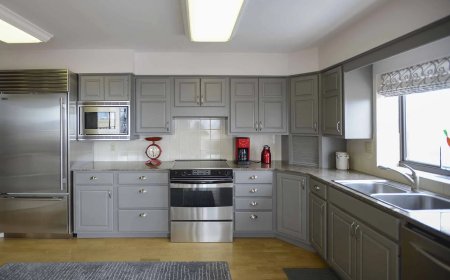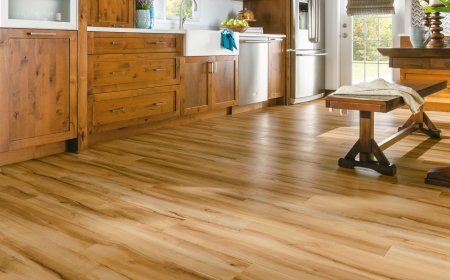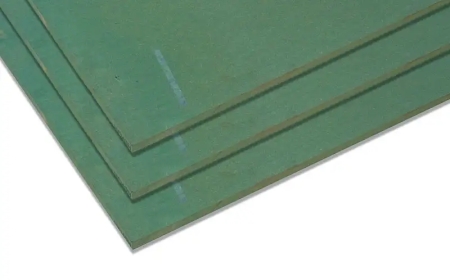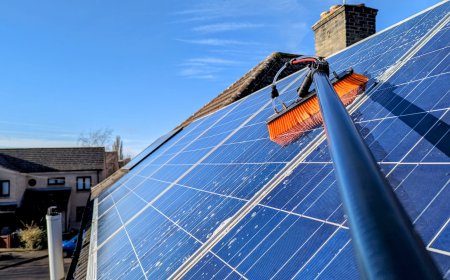Energy Efficient Induction Hobs: The Smart Choice for Sustainable Cooking

In an era where energy efficiency and environmental consciousness are paramount, the kitchen is increasingly becoming a focal point for sustainable living.1 Among the myriad of appliance choices, the induction hob stands out as a true champion of energy efficiency, offering a compelling blend of performance, precision, and reduced environmental impact.2 Far more than just a modern cooking surface, energy efficient induction hobs represent a smart investment for both your wallet and the planet.3 This article will delve into what makes induction hobs so energy efficient, exploring their unique working principle, quantifying their benefits in terms of energy savings, comparing them to traditional alternatives, and offering insights into maximizing their sustainable potential.
The core reason behind the exceptional energy efficiency of induction hobs lies in their innovative working principle: electromagnetic induction.4 Unlike conventional cooking methods that rely on generating heat and then transferring it to cookware, an induction hob directly creates heat within the base of the pot or pan itself.5 Beneath the sleek, glass-ceramic surface of the hob are precisely engineered induction coils (typically made of copper wire).6 When the hob is activated and a suitable piece of cookware is placed on a cooking zone, an alternating electric current flows through these coils.7 This current generates a rapidly fluctuating magnetic field that extends upwards from the hob's surface.
Crucially, this magnetic field does not directly heat the hob's surface or the surrounding air.8 The magic truly begins when ferromagnetic cookware specifically, pots and pans made from materials that are attracted to a magnet, such as cast iron or certain types of stainless steel enters this dynamic field.9 As the magnetic lines of force penetrate the base of the pan, they induce tiny, circulating electrical currents within the metal of the cookware.10 These are known as eddy currents. Due to the inherent electrical resistance of the pan's material, these eddy currents are almost instantaneously converted into thermal energy, generating heat precisely and exclusively within the base of the pot or pan. The result? Your food begins to cook, while the hob's surface remains remarkably cool to the touch, only warming slightly from residual heat transferred back from the hot cookware. This direct, targeted energy conversion is what makes energy efficient induction hobs so fundamentally superior in their use of power.
The benefits of this direct heating mechanism are profound when it comes to energy efficiency. Traditional gas hobs lose a significant amount of heat to the surrounding air, with efficiency ratings typically ranging from 30% to 55%. Conventional electric coil or ceramic hobs, while better, still lose heat through radiant transfer, operating at around 60% to 70% efficiency. In stark contrast, induction hobs boast an impressive energy efficiency of around 85% to 90%. This means that almost all the electrical energy consumed by the hob is directly converted into heat for cooking, with minimal waste.11
This high energy efficiency translates into tangible advantages:
-
Faster Cooking Times: Less wasted energy means food heats up much quicker.12 Water boils significantly faster on an induction hob than on any other type of cooktop, saving you time in the kitchen.13
-
Lower Utility Bills: Over the lifespan of the appliance, the reduced energy consumption of energy efficient induction hobs leads to considerable savings on your electricity bills.14 This helps to offset the typically higher initial purchase price.
-
Reduced Heat in the Kitchen: Because less heat escapes into the surrounding air, your kitchen remains cooler during cooking, particularly beneficial in warmer climates or during summer months.15 This can also reduce the need for air conditioning, further contributing to energy savings.
-
Environmental Impact: By consuming less electricity, energy efficient induction hobs contribute to a smaller carbon footprint, supporting sustainable living and reducing demand on power grids.16
Beyond energy efficiency, induction hobs offer other compelling advantages that enhance their overall value proposition. Their superior precision and responsiveness allow for instantaneous temperature adjustments, giving cooks unparalleled control over their dishes.17 This precise control means less energy is wasted trying to hit the "right" temperature. Furthermore, the inherent safety of induction hobs is a major draw, with no open flames or red-hot elements, and features like automatic pan detection and automatic shut-off significantly reducing the risk of accidental burns.18 The ease of cleaning the smooth glass-ceramic surface also contributes to a more pleasant kitchen environment.
While discussing energy efficient induction hobs, it's important to address the primary consideration: cookware requirements. Only ferromagnetic cookware will function. This means your existing aluminum, copper, or glass pots and pans, unless they possess an induction-compatible magnetic base, will not heat up.19 This might necessitate an initial investment in new cookware. However, given the long-term energy savings and other benefits, this is often viewed as a worthwhile initial outlay.
Maximizing Energy Efficiency with Your Induction Hob:
To get the most out of your energy efficient induction hob:
-
Use the Right Cookware: Ensure your pans have flat bottoms and are made from induction-compatible materials. A warped pan reduces contact and efficiency.
-
Match Pan to Zone: Always try to use a pot or pan that is approximately the same size as the cooking zone you are using. This ensures optimal engagement with the magnetic field and minimizes wasted energy.
-
Utilize Low Heat Settings: For simmering or keeping food warm, take advantage of the induction hob's ability to maintain precise low temperatures.20 This uses significantly less energy than traditional methods.
-
Cover Your Pots: Always use lids on pots and pans when boiling or simmering. This traps heat and significantly reduces cooking time and energy consumption.
-
Avoid Excess Water: Use only as much water as necessary for boiling or steaming. More water requires more energy to heat.
In conclusion, for those seeking a truly sustainable and high-performing cooking solution, energy efficient induction hobs are the clear choice. Their sophisticated working principle translates into superior energy efficiency, leading to faster cooking, lower utility bills, and a reduced environmental footprint. Coupled with their precision, safety, and ease of use, induction hobs don't just offer a modern way to cook; they offer a smarter, more responsible way to interact with energy in the heart of your home. Investing in an energy efficient induction hob is investing in a more sustainable future, one delicious meal at a time.





































